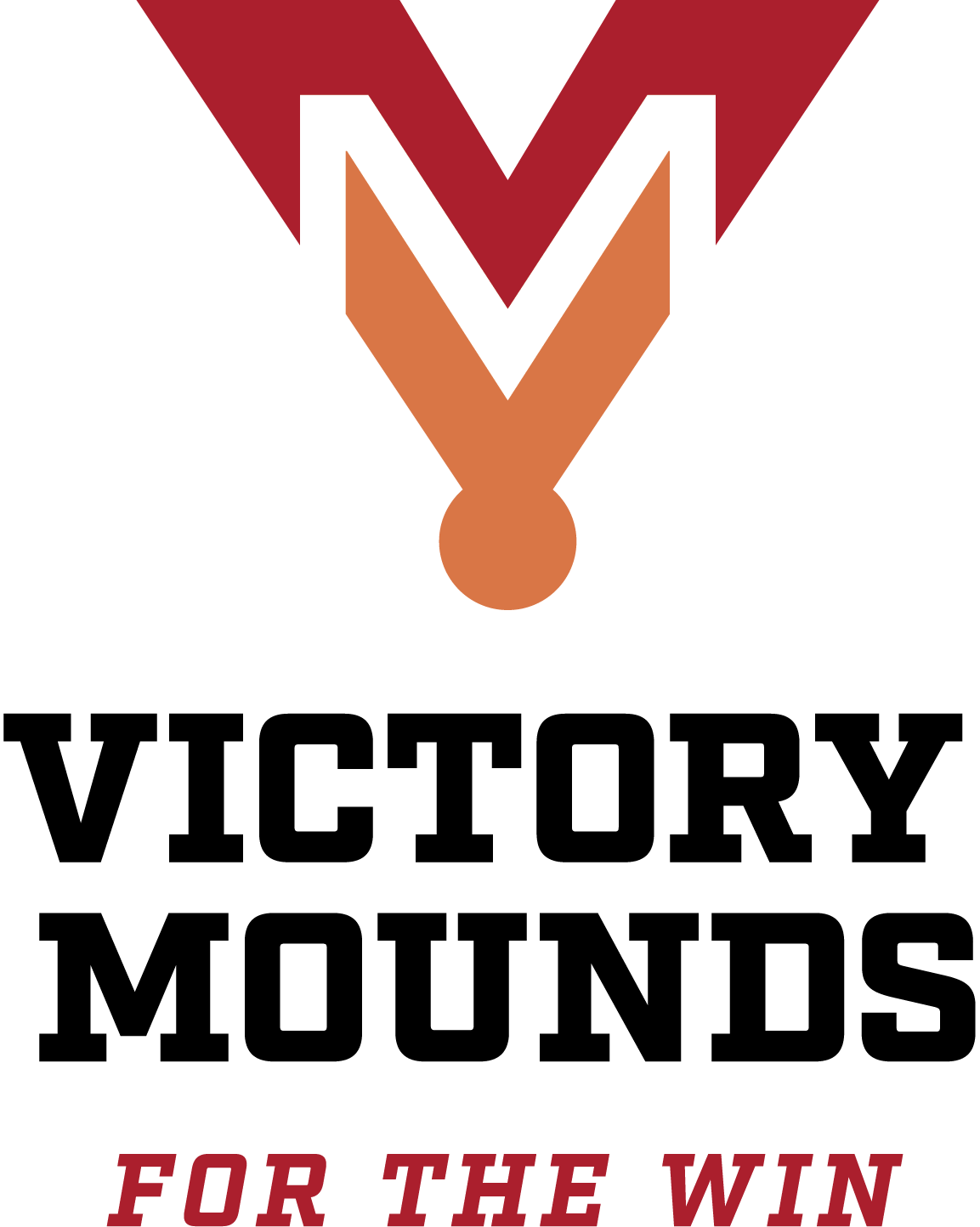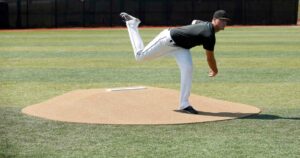To new fans, a typical pitching mound often looks like something that doesn’t make sense. Why throw off an elevated platform? And why the funny round shape, with a bizarre rubber slab for the pitcher that the pitcher has to use for every single pitch?
Thankfully, there are good reasons for all of it. To some extent, the evolution of modern baseball has tracked with the development of today’s mounds, which involved tight dimensions and specifications, specialized dirt and clay, and of course the appropriate distance to home plate.
The mounds used to practice have to meet these specifications as well, and that’s where Victory Mounds enters the picture. We build practice mound and game mounds, along with a wide array of other baseball equipment, so we’re ideally equipped to tell you everything you need to know about pitching mounds.
A Brief History of the Pitching Mound
Way back in the day, pitchers weren’t all that important. We’re talking 1893 here, and their role was basically just to toss the ball toward the hitter to get the action started.
Then things got complicated. Baseball started to catch on in a big way, and the competition got fierce. The distance from home plate back then was a paltry 45 feet, and pitchers started doing all sorts of shenanigans and cheating to get an advantage.
After that, things got serious. The pitching distance increased, and eventually it was standardized to today’s 60 feet, 6 inches numbers that every serious fan and player knows by heart.
In addition, a rubber slab was added so that pitchers couldn’t roam around with each individual pitch, and the standard pitching box was replaced by a mound.
It took some time and a few adjustments, but the height of the mound was also tightened up, and today there are rigorous mound specs at every level of baseball that are designed to promote both competition and performance.
How Modern Mounds Are Made: Professional Mound Clay
When it comes to today’s game, making a baseball mound is a technical, highly choreographed process. It involves using mound clay, which is an offshoot of a specialty clay that’s also used for the base paths in the infield and in the batter’s box area.
Mound clay has a higher density than infield clay, which means it can be compacted more easily, and it also stays firmer and stiffer to provide a safer stride and landing area. Infield clay, by contrast, has a higher percentage of sand that’s softer and designed to help with drainage.
While it might look like pitching mounds are built to form a peak at that professional height of 10 inches, that’s actually not the case. Instead, they’re built in layers using clay bricks, and a specific number of bricks are used for each part of the pitchers mind to provide the right slope.
The Turface Professional Mound and Other Mound Making Products
The companies that make infield and mound clay have a high level of expertise when it comes to the composition and building of a pitching mound.
They also supply products with a very specific ration of clay, dirt and sand, depending on where those products will be placed on the field.
These products go by names like Turface, Diamond Pro, etc., and they sell clay for both the infield base paths and the mound and the batting practice area.
While they tend to be less important at the lower levels, they start to become more vital as players begin to develop and hone their skills.
They help promote safety and enhance performance, so getting talented pitchers on mounds that are built using products like Turface is an important part of being able to compete effectively.
The Best Baseball Mounds to Help Pitchers Practice
Given the tight, specific dimensions of mounds at the higher levels, it’s important for practice mounds to follow the same specifications. But there’s a lot more to them than that.
They also have to be durable enough to stand up to the demands of dozens of practices during a given season, not to mention offseason workouts where pitchers are working on delivery, location, how to use the rubber and any number of other issues.
At Victory Mounds, our pitching mounds are among the best in the business. They’re built from durable fiberglass compounds, with a layer of artificial turf to provide a safe stride and landing area.
The pitching rubbers incorporated into these mounds are durable and professional, too. They’re built according to the appropriate specifications, and they allow pitchers to practice deliveries from different points on the rubber as well as pickoff moves.
These mounds help enhance skill development at all levels, from Little League to the majors. They’re one of the best investments coaches can make for their teams, and many talented pitchers buy them individually, too, to help them take their game to the next level.
They also make practices better. Rather than worry about field conditions after a weather event, using a portable practice mound means drills move quickly and seamlessly, with little or no standing around. In short, everybody gets in on the action, which stays constant and steady.
The Victory Mounds Baseball Pitcher Solution
While the process of building a mound and buying a practice or game mound can seem confusing, it’s actually simpler than it looks.
At Victory Mounds we’ve been making quality baseball equipment for years, and we have a lot of expertise when it comes to pitching mounds, batting cages, field maintenance, facility issues and so on.
So call us. The number is 800 835 9460. We’ll answer your questions, as a few of our own about your program and needs, then recommend a product.
You can also learn more about us by going to VictoryMounds.com, where you can access information about individual products, and if you’d prefer to email, you can contact is at info@victorymounds.com.
You’ll get a great mound that you’ll be able to use for years, and the chances are good that we’ll be able to recommend some other fine products that will help your program.

